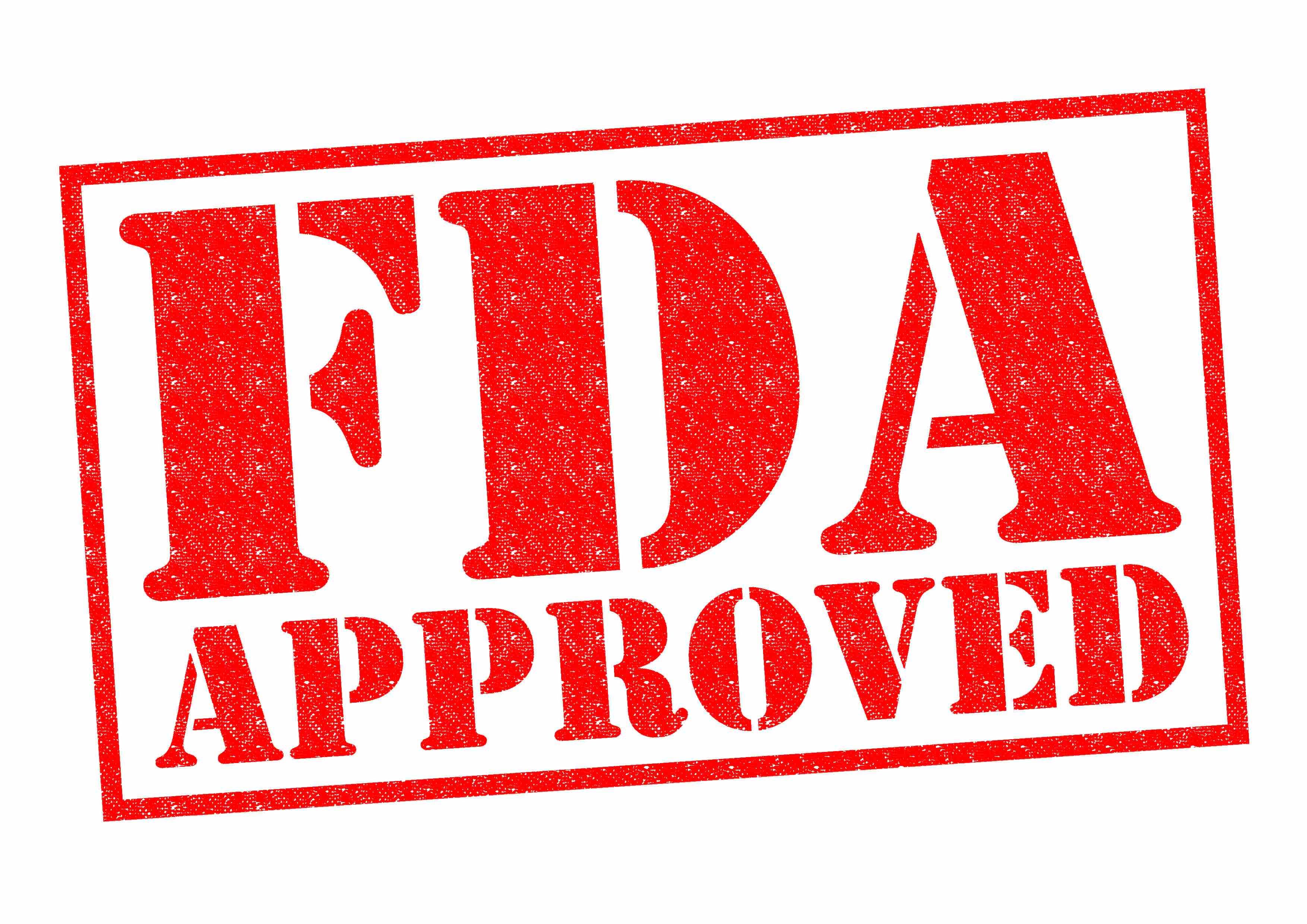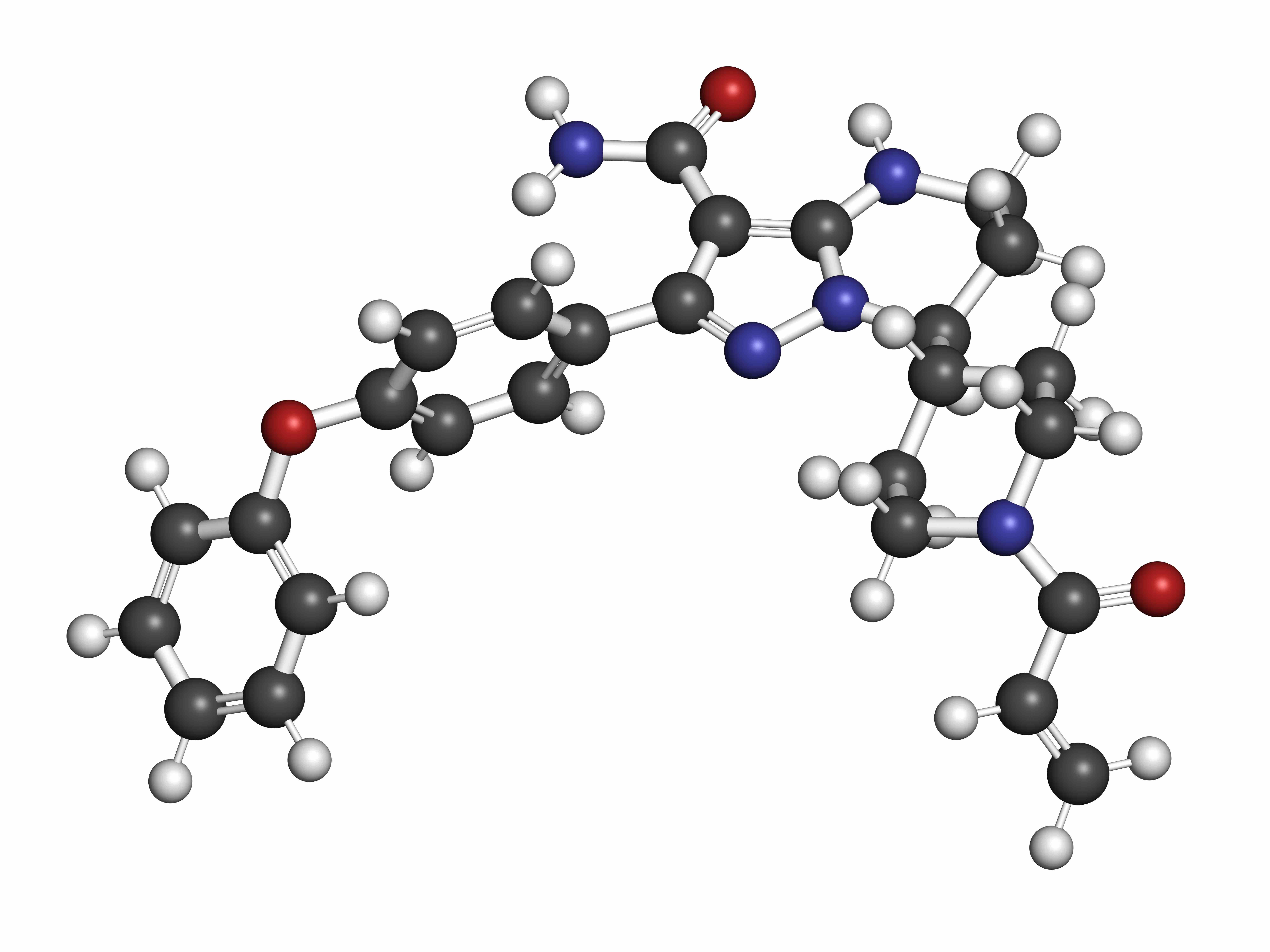Article
Tazemetostat Yields Fewer Safety Outcomes, Lower AE-Associated Costs vs PI3 Kinase Inhibitors
Author(s):
Two analyses presented at the Academy of Managed Care Pharmacy Nexus 2021 meeting highlighted the safety and cost benefits of tazemetostat compared with phosphoinositide 3 (PI3) kinase inhibitors for patients with follicular lymphoma.
A pair of abstracts presented at the Academy of Managed Care Pharmacy Nexus 2021 meeting examined the safety outcomes and health care costs associated with adverse events (AEs) among patients with lymphoma who received tazemetostat and/or phosphoinositide 3 (PI3) kinase Inhibitors.
Tazemetostat was recently approved for patients with relapsed/refractory follicular lymphoma (R/R FL) who received at least 2 prior systemic therapies, while the PI3 kinase inhibitors idelalisib, duvelisib, and copanlisib are indicated as third-line treatment or later in this patient population. Umbralisib is indicated as fourth-line treatment or later.
Because tazemetostat, idelalisib, duvelisib, copanlisib, and umbralisib were all approved based on single-arm studies, researchers compared1 the treatments’ safety and efficacy outcomes using an indirect treatment comparison (ITC) via a matching-adjusted indirect comparison (MAIC).
The MAIC was conducted in the third-line or later (≥3L) setting among those with R/R FL. After concluding a systematic review to identify relevant clinical trial publications, “4 pairwise MAIC analyses were conducted by weighting data from individual patients treated with tazemetostat to baseline characteristics reported from each comparator trial.”
Safety outcomes were defined as any grade ≥3 treatment-emergent AE (TEAE) or treatment-emergent serious AE (TESAE); TEAEs leading to dose reduction, drug discontinuation, or interruption; or individual grade ≥3 TEAEs (anemia, diarrhea, neutropenia, or pneumonia), the researchers explained; efficacy was measured via an objective response rate.
All trials included were phase 2, and patients presenting with grade 3b tumors and those with prior allogeneic sacrococcygeal teratoma tumors were excluded.
Analyses showed the relative risks of any grade ≥3 TEAE for tazemetostat vs idelalisib, duvelisib, copanlisib, and umbralisib were 0.45, 0.35, 0.37, and 0.65, respectively.
Overall, “after adjusting for baseline population differences, results from this ITC suggest that tazemetostat is associated with lower relative risk for safety outcomes vs idelalisib, duvelisib, copanlisib, or umbralisib while achieving similar efficacy outcomes,” the authors wrote.
However, some information, including covariates such as individual patient data for comparator PI3Ks, were unavailable, marking a limitation. A lack of data also meant the researchers could not adjust for the effect modifier of EZH2 mutation status. In addition, “for 2 comparator trials, the populations included a minority of other non-Hodgkin lymphoma subtypes because FL-specific data were not reported.”
In a separate cost analysis,2 researchers sought to determine the differential cost impact arising from AEs in patients with R/R FL treated with tazemetostat compared with the PI3 kinase inhibitors, as these drugs are associated with toxicities that include neutropenia, infection, and immune-mediated toxicities.
Investigators used data from the MAICs of tazemetostat with each of the 4 PI3 kinase inhibitors and sourced AE-related costs from a 2018 US commercial claims analysis for patients with cancer hospitalized with AEs and the Healthcare Cost and Utilization Project.
All grade ≥3 AEs with an incidence of at least 5% were included in the analysis, while “matching-adjusted AE incidence was multiplied by costs related to each AE. The AE costs per treatment episode were stratified by System Organ Class, per the Common Terminology Criteria for Adverse Events (CTCAE) v5.0,” the authors explained.
Cost differences were also estimated per treatment episode based on duration of exposure in the trials, and incidence rates were converted to a monthly basis, they added. For tazemetostat, patients were exposed for an average of 9.3 months vs less than 7 months for each of the 3 comparators.
Analyses revealed:
- PI3 kinase inhibitors were estimated to incur $4294 to $18,737 higher AE-related management costs per episode compared with those for tazemetostat
- Adjusting for duration of exposure, each of the PI3 kinase inhibitors was projected to cost $567 to $3820 more per month than tazemetostat in AE-related costs
- Estimates indicated the AE-related cost impact of PI3Kis vs tazemetostat was 3.3- to 6.1-fold higher on a per-episode basis and 3.8- to 10.4-fold higher on a monthly basis
- By category, blood and lymphatic system disorders (such as neutropenia) were a main driver for the AE-related cost differences in all 4 cost comparisons
The 2 sources used for cost inputs had some differences in methodology, marking a limitation to the analysis, while AEs below a 5% incidence rate were not included in the study and could have led to a minor underestimation of cost differences. Furthermore, costs potentially associated with grade 1/2 AEs could yield even higher cost differences.
Taking these considerations into account, “patients with 3L+ R/R FL who are treated with tazemetostat are estimated to incur substantially lower AE-related costs compared with PI3 kinase inhibitors (idelalisib, duvelisib, copanlisib, and umbralisib) due to the more favorable safety profile of tazemetostat,” the researchers concluded.
“The main driver for these differential cost outcomes were blood and lymphatic system disorders, which occurred much more frequently among patients treated with PI3 kinase inhibitors,” they noted. “As a result, the substantially lower AE-related cost impact of tazemetostat may contribute to lower health care resource utilization and treatment management costs in R/R FL.”
References:
1. Proudman D, Nellesen D, Gupta D, Adib D, Yang J, Mamlouk K. A matching-adjusted indirect comparison of single-arm trials in patients with relapsed/refractory follicular lymphoma who received at least 2 prior systemic treatments: tazemetostat was associated with a lower risk for safety outcomes versus the PI3-Kinase inhibitors idelalisib, duvelisib, copanlisib, and umbralisib. Presented at AMCP Nexus 2021; October 18-21, 2021; Denver, Colorado.
2. Gaballa S, Wong A, Proudman D, Nellesen D, Levy MY. Health care cost impact associated with adverse events among phosphoinositide 3 kinase inhibitors (PI3Kis) and tazemetostat in third-line+ relapsed/refractory follicular lymphoma treatment setting. Presented at AMCP Nexus 2021; October 18-21, 2021; Denver, Colorado.




